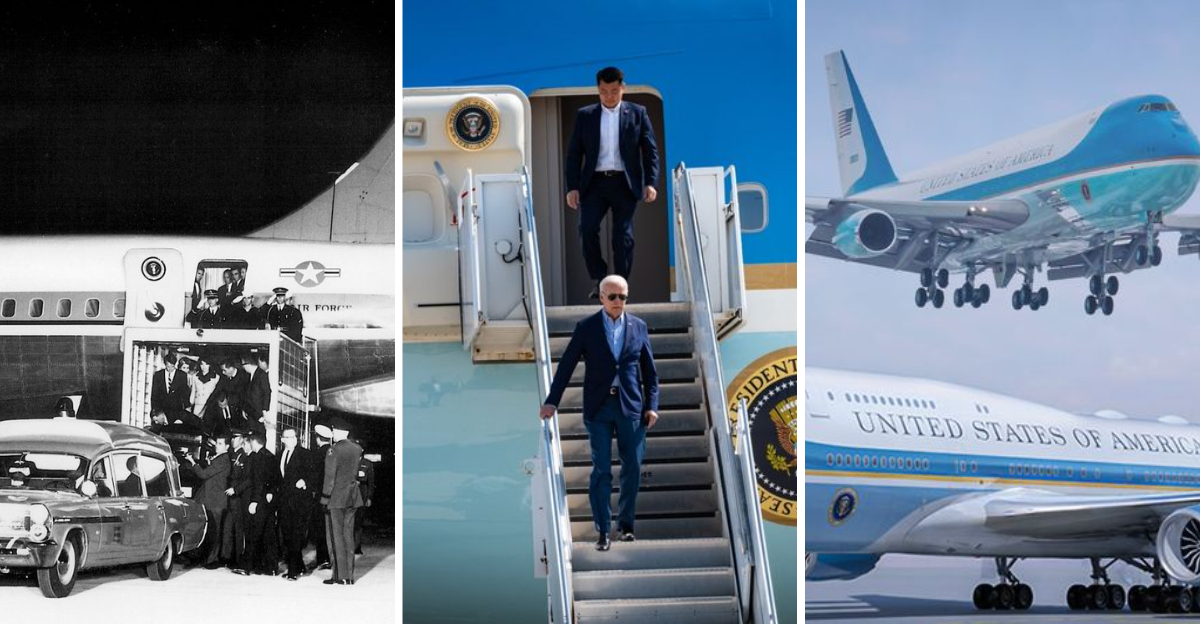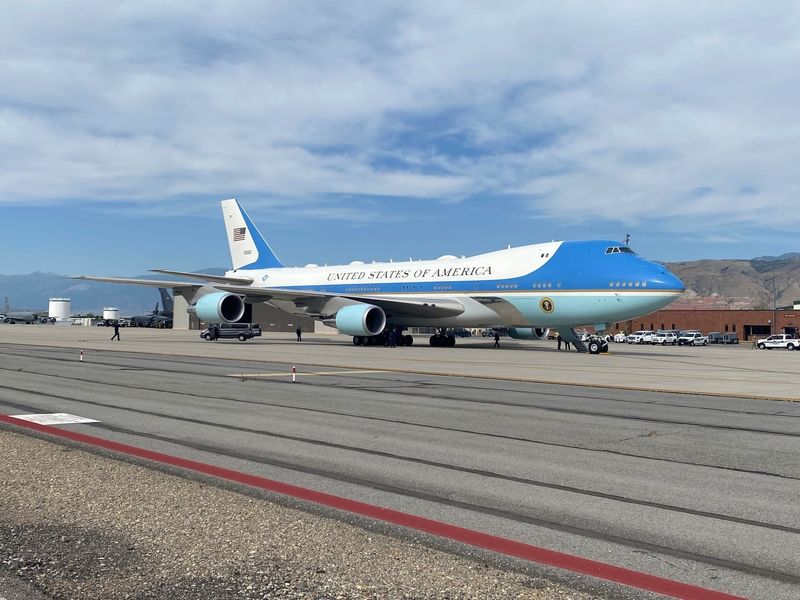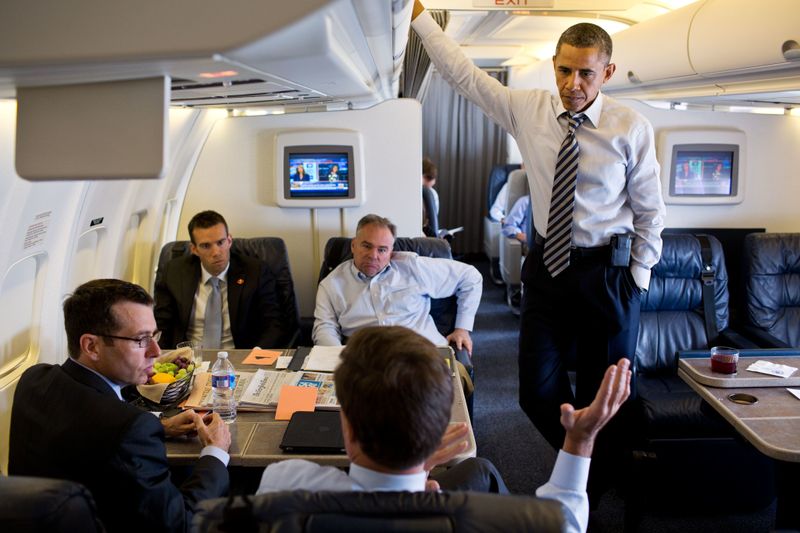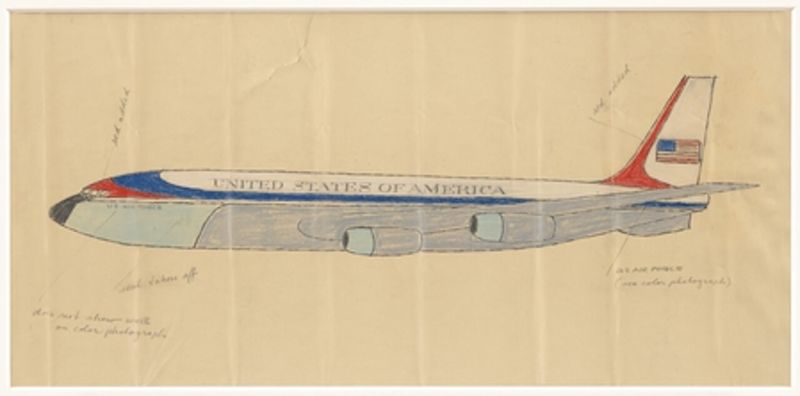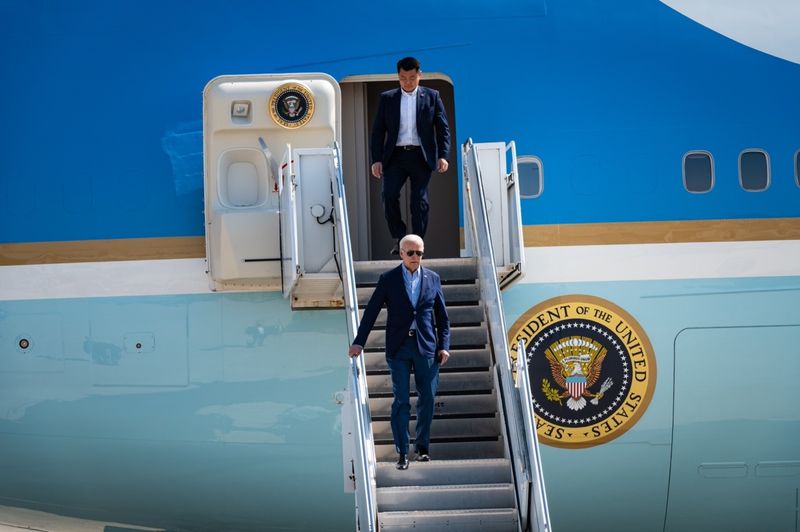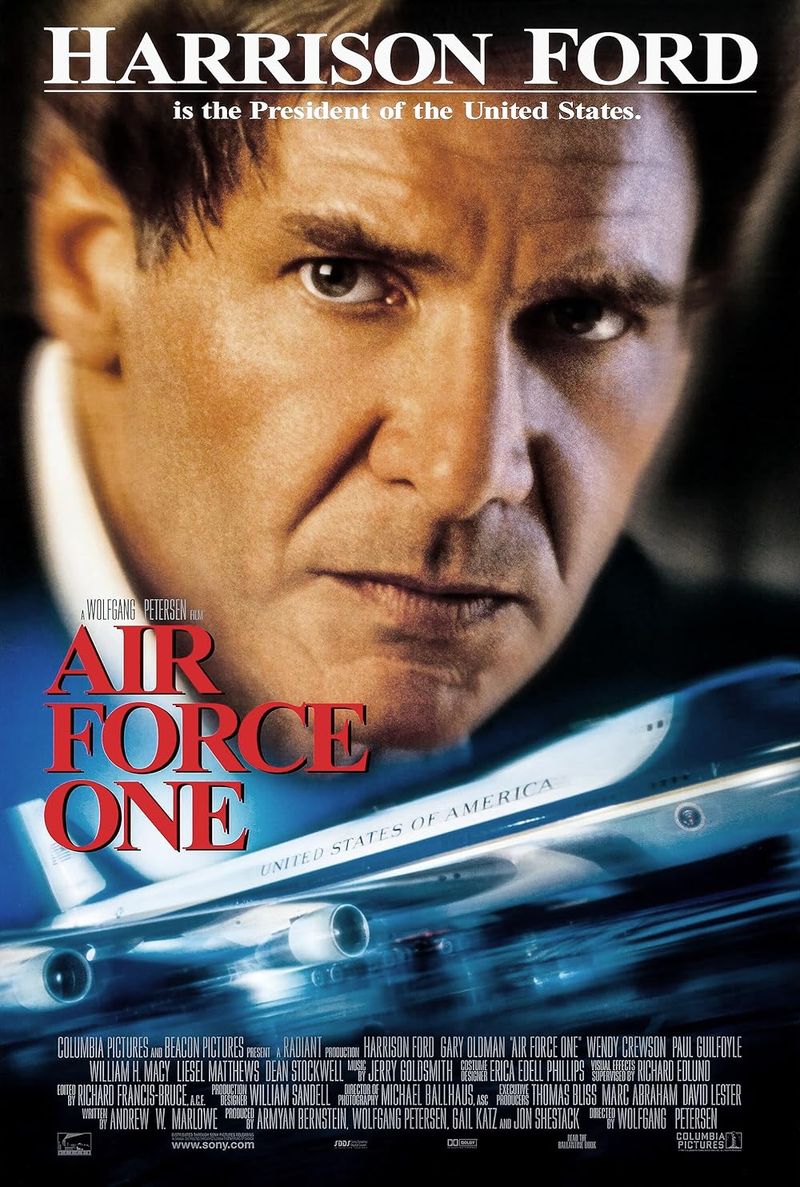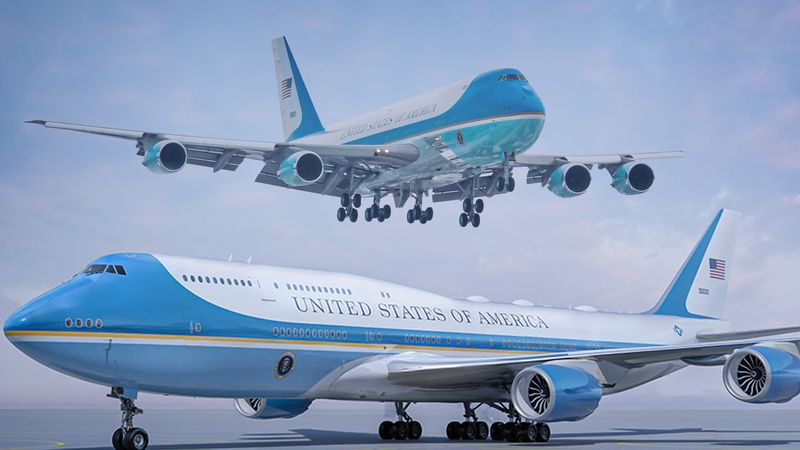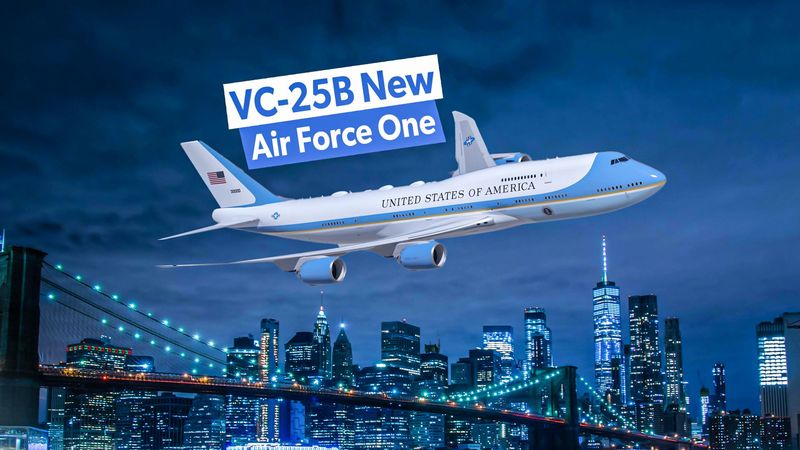Air Force One is more than just a plane; it’s a flying symbol of American power and prestige. Over the years, this iconic aircraft has undergone significant transformations to match the evolving needs of the presidency.
Join us as we explore its fascinating journey from a basic transport aircraft to a state-of-the-art flying fortress.
Discover the secrets behind its design changes, the technological advancements it embodies, and how it continues to serve as the airborne office of the U.S. President.
1. The Birth of Air Force One
Air Force One first took to the skies in the 1960s as a Boeing 707, known as SAM 26000. This aircraft marked the beginning of a new era in presidential travel, offering communication capabilities like never before.
The introduction of this aircraft was a result of President Kennedy’s request for a more secure and reliable means of transportation. It was during his administration that the iconic blue and white color scheme was introduced.
Over time, this aircraft became synonymous with presidential authority, heralding a new standard for future iterations of Air Force One.
2. Technological Leap: Boeing 747
In 1990, the Boeing 747-200B took over as Air Force One, bringing with it a leap in technology and comfort. This new model included advanced communication systems that allowed the President to remain in constant contact with ground operations.
The larger size of the 747 also provided more space for amenities and security features, ensuring the safety and comfort of the President and entourage.
With its state-of-the-art technology and expansive design, this iteration of Air Force One set a new benchmark for future presidential aircraft.
3. Enhanced Security Measures
Security has always been a paramount concern for Air Force One. Over the years, the aircraft has been fortified with cutting-edge defenses, including missile evasion systems and reinforced structures.
These enhancements ensure the President’s safety during flights over potentially hostile regions. The aircraft is equipped with electronic countermeasures to impede enemy radar and tracking systems.
Such security measures have made Air Force One a flying fortress, safeguarding the Commander-in-Chief as they travel across the globe.
4. Interior Design Evolution
The interior of Air Force One has seen considerable changes, evolving to meet the demands of each sitting President. Originally designed for functionality, it now boasts luxury and efficiency.
Every aspect of the interior is tailored to support presidential duties, featuring conference rooms, private quarters, and communication facilities that rival those on the ground.
This evolution reflects not only changes in technology but also the increasing complexity of presidential responsibilities.
5. The Iconic Livery
The iconic blue and white livery of Air Force One was the brainchild of President Kennedy and designer Raymond Loewy. This design has remained largely unchanged since the 1960s.
The livery is not just about aesthetics; it symbolizes the dignity and power of the U.S. presidency. The words “United States of America” emblazoned across the fuselage add to the aircraft’s majestic presence.
This consistent visual identity provides a sense of continuity and tradition, linking past, present, and future presidencies.
6. Communication Advancements
Communication technology on Air Force One has advanced significantly, ensuring the President remains connected with world leaders and advisors. From secure voice lines to internet connectivity, these systems are crucial.
The evolution of these technologies allows the aircraft to function as a mobile command center, providing real-time access to information.
This capability is essential during international crises, enabling the President to make informed decisions while airborne.
7. Role During Crises
Air Force One has played a vital role during national and international crises. It serves as a secure platform for high-level decision-making, especially when swift action is required.
The aircraft’s onboard facilities allow the President to manage emergencies without interruption, maintaining the continuity of government.
This capability underscores the importance of Air Force One as more than just transport; it is a critical tool in the President’s arsenal during turbulent times.
8. Influence on Popular Culture
Air Force One has captured the public’s imagination, often featured in films and media as a symbol of power and authority. Its portrayal varies from a diplomatic tool to an action-packed escape vehicle.
This cultural influence enhances its mystique, making it an icon beyond its functional role. Movies like “Air Force One” have contributed to the global fascination with the aircraft.
Its depiction in popular culture underscores its significance as an enduring emblem of American strength.
9. Environmental Considerations
In recent years, there has been a push towards greener technologies, and Air Force One is no exception. Efforts are underway to reduce its carbon footprint, aligning with global environmental goals.
Innovations include more efficient engines and sustainable materials, ensuring that the aircraft meets modern ecological standards.
This shift highlights a commitment to environmental stewardship, even at the highest levels of government transport.
10. Future Prospects
Looking ahead, the next generation of Air Force One promises further advancements in technology and design. Plans include enhanced communication systems and eco-friendly innovations.
The future aircraft will likely incorporate the latest in aviation technology, ensuring the President’s air travel remains secure and efficient.
These prospects reflect ongoing efforts to evolve with the times, maintaining Air Force One’s status as a symbol of American leadership and innovation.
